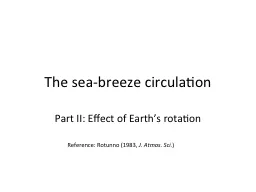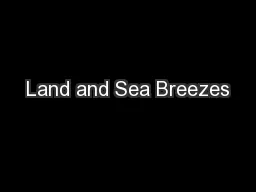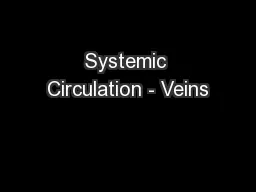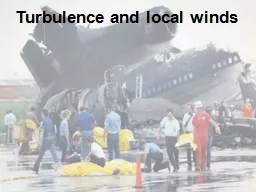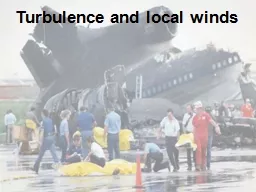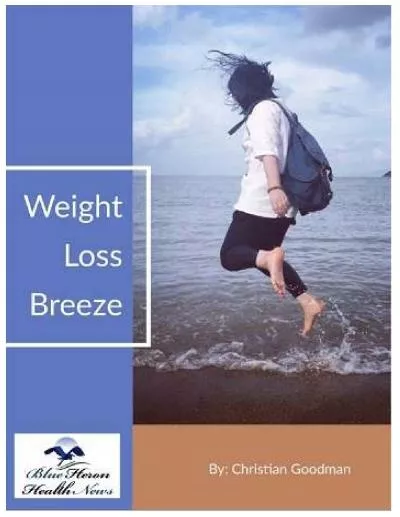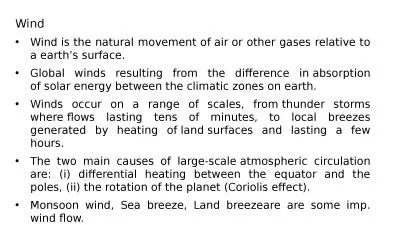PPT-The sea-breeze circulation
Author : trish-goza | Published Date : 2016-06-19
Part II Effect of Earth s rotation Reference Rotunno 1983 J Atmos Sci Rotunno 1983 Quasi2D analytic linear model Heating function specified over land Becomes
Presentation Embed Code
Download Presentation
Download Presentation The PPT/PDF document "The sea-breeze circulation" is the property of its rightful owner. Permission is granted to download and print the materials on this website for personal, non-commercial use only, and to display it on your personal computer provided you do not modify the materials and that you retain all copyright notices contained in the materials. By downloading content from our website, you accept the terms of this agreement.
The sea-breeze circulation: Transcript
Download Rules Of Document
"The sea-breeze circulation"The content belongs to its owner. You may download and print it for personal use, without modification, and keep all copyright notices. By downloading, you agree to these terms.
Related Documents

